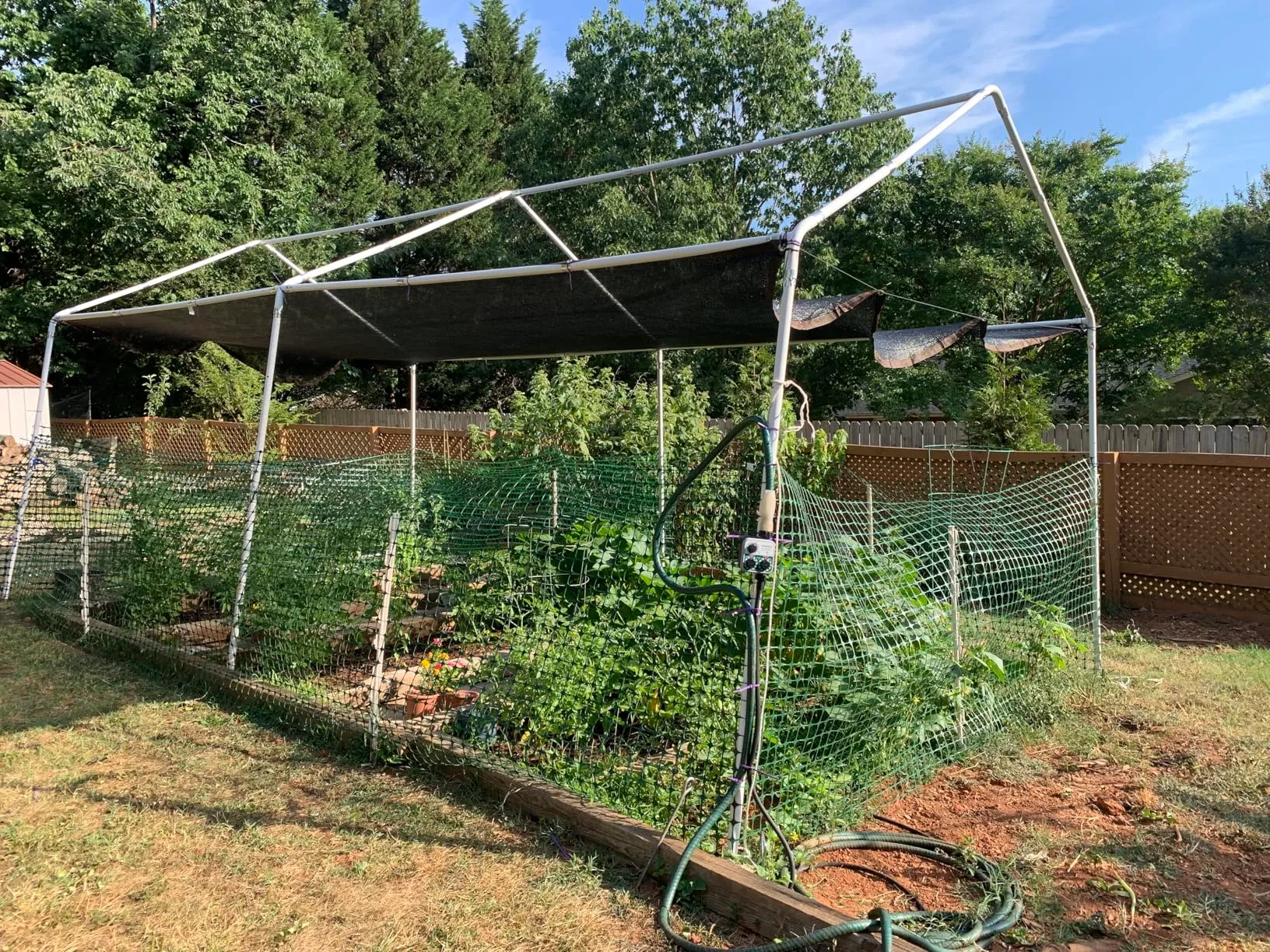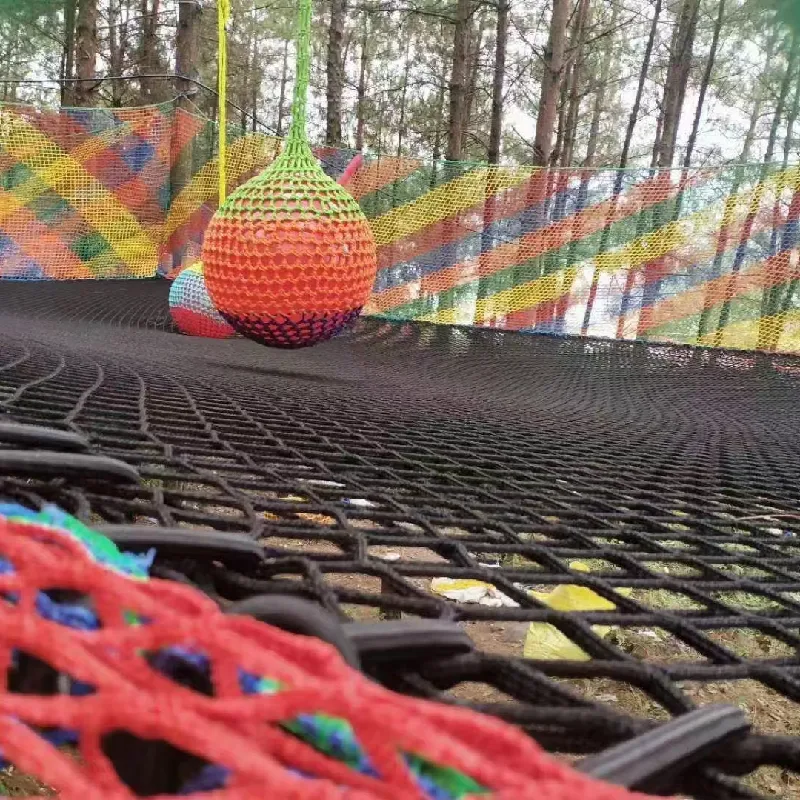-
 Afrikaans
Afrikaans -
 Albanian
Albanian -
 Amharic
Amharic -
 Arabic
Arabic -
 Armenian
Armenian -
 Azerbaijani
Azerbaijani -
 Basque
Basque -
 Belarusian
Belarusian -
 Bengali
Bengali -
 Bosnian
Bosnian -
 Bulgarian
Bulgarian -
 Catalan
Catalan -
 Cebuano
Cebuano -
 China
China -
 Corsican
Corsican -
 Croatian
Croatian -
 Czech
Czech -
 Danish
Danish -
 Dutch
Dutch -
 English
English -
 Esperanto
Esperanto -
 Estonian
Estonian -
 Finnish
Finnish -
 French
French -
 Frisian
Frisian -
 Galician
Galician -
 Georgian
Georgian -
 German
German -
 Greek
Greek -
 Gujarati
Gujarati -
 Haitian Creole
Haitian Creole -
 hausa
hausa -
 hawaiian
hawaiian -
 Hebrew
Hebrew -
 Hindi
Hindi -
 Miao
Miao -
 Hungarian
Hungarian -
 Icelandic
Icelandic -
 igbo
igbo -
 Indonesian
Indonesian -
 irish
irish -
 Italian
Italian -
 Japanese
Japanese -
 Javanese
Javanese -
 Kannada
Kannada -
 kazakh
kazakh -
 Khmer
Khmer -
 Rwandese
Rwandese -
 Korean
Korean -
 Kurdish
Kurdish -
 Kyrgyz
Kyrgyz -
 Lao
Lao -
 Latin
Latin -
 Latvian
Latvian -
 Lithuanian
Lithuanian -
 Luxembourgish
Luxembourgish -
 Macedonian
Macedonian -
 Malgashi
Malgashi -
 Malay
Malay -
 Malayalam
Malayalam -
 Maltese
Maltese -
 Maori
Maori -
 Marathi
Marathi -
 Mongolian
Mongolian -
 Myanmar
Myanmar -
 Nepali
Nepali -
 Norwegian
Norwegian -
 Norwegian
Norwegian -
 Occitan
Occitan -
 Pashto
Pashto -
 Persian
Persian -
 Polish
Polish -
 Portuguese
Portuguese -
 Punjabi
Punjabi -
 Romanian
Romanian -
 Russian
Russian -
 Samoan
Samoan -
 Scottish Gaelic
Scottish Gaelic -
 Serbian
Serbian -
 Sesotho
Sesotho -
 Shona
Shona -
 Sindhi
Sindhi -
 Sinhala
Sinhala -
 Slovak
Slovak -
 Slovenian
Slovenian -
 Somali
Somali -
 Spanish
Spanish -
 Sundanese
Sundanese -
 Swahili
Swahili -
 Swedish
Swedish -
 Tagalog
Tagalog -
 Tajik
Tajik -
 Tamil
Tamil -
 Tatar
Tatar -
 Telugu
Telugu -
 Thai
Thai -
 Turkish
Turkish -
 Turkmen
Turkmen -
 Ukrainian
Ukrainian -
 Urdu
Urdu -
 Uighur
Uighur -
 Uzbek
Uzbek -
 Vietnamese
Vietnamese -
 Welsh
Welsh -
 Bantu
Bantu -
 Yiddish
Yiddish -
 Yoruba
Yoruba -
 Zulu
Zulu
Feb . 15, 2025 15:23
Back to list
Bird Proof Netting Stretchy Bird Netting for Garden
Bird deterrent nets, often recognized as net for birds, have continually gained attention for their effectiveness in safeguarding spaces from avian disruptions. With the growing concerns over bird infestations in urban and rural settings, understanding the nuances of bird netting not only aids in making informed decisions but also in implementing eco-friendly measures that align with biodiversity conservation.
With digital advancements, acquiring bird nets has become more streamlined. Numerous authoritative websites now provide tailored solutions, matching the specific needs of users, whether for agricultural purposes, urban property protection, or marine environments where seabirds might pose challenges. Organic search optimization on platforms like Google places emphasis on Experience, Expertise, Authoritativeness, and Trustworthiness (E-E-A-T), parameters vital for locating high-quality suppliers and informative resources about bird nets. Expert reviews and customer testimonials significantly contribute to establishing trustworthiness in this sector. A website offering bird netting solutions can enhance its SEO by incorporating rich, user-generated content, offering insights into user experiences, and elaborating on technical specifications. Personal narratives, where farmers recount their success stories in bird management, or city planners explaining their seamless integration of bird nets in public spaces, boost the perceived expertise and experience of the brand. Furthermore, for a product like bird nets, establishing authority can be reinforced through collaborations. Endorsements from ecological experts or partnerships with environmental organizations amplify credibility. Search engines recognize authority when websites seamlessly integrate content reflecting comprehensive research, contextual information, and factual accuracy, thereby offering searchers reliable and valuable insights. In conclusion, the market for bird nets is underscored by a blend of technological ingenuity and ecological consciousness. For property owners and stakeholders, choosing a reliable bird net entails assessing the provider's expertise and the product's alignment with sustainable practices. Success in this domain lies not just in effective bird deterrence but also in contributing positively to ecological balance.


With digital advancements, acquiring bird nets has become more streamlined. Numerous authoritative websites now provide tailored solutions, matching the specific needs of users, whether for agricultural purposes, urban property protection, or marine environments where seabirds might pose challenges. Organic search optimization on platforms like Google places emphasis on Experience, Expertise, Authoritativeness, and Trustworthiness (E-E-A-T), parameters vital for locating high-quality suppliers and informative resources about bird nets. Expert reviews and customer testimonials significantly contribute to establishing trustworthiness in this sector. A website offering bird netting solutions can enhance its SEO by incorporating rich, user-generated content, offering insights into user experiences, and elaborating on technical specifications. Personal narratives, where farmers recount their success stories in bird management, or city planners explaining their seamless integration of bird nets in public spaces, boost the perceived expertise and experience of the brand. Furthermore, for a product like bird nets, establishing authority can be reinforced through collaborations. Endorsements from ecological experts or partnerships with environmental organizations amplify credibility. Search engines recognize authority when websites seamlessly integrate content reflecting comprehensive research, contextual information, and factual accuracy, thereby offering searchers reliable and valuable insights. In conclusion, the market for bird nets is underscored by a blend of technological ingenuity and ecological consciousness. For property owners and stakeholders, choosing a reliable bird net entails assessing the provider's expertise and the product's alignment with sustainable practices. Success in this domain lies not just in effective bird deterrence but also in contributing positively to ecological balance.
Next:
Latest news
-
Shipping Plastic Bags for Every NeedNewsJul.24,2025
-
Safety Netting: Your Shield in ConstructionNewsJul.24,2025
-
Plastic Mesh Netting for Everyday UseNewsJul.24,2025
-
Nylon Netting for Every UseNewsJul.24,2025
-
Mesh Breeder Box for Fish TanksNewsJul.24,2025
-
Expanded Steel Mesh Offers Durable VersatilityNewsJul.24,2025











